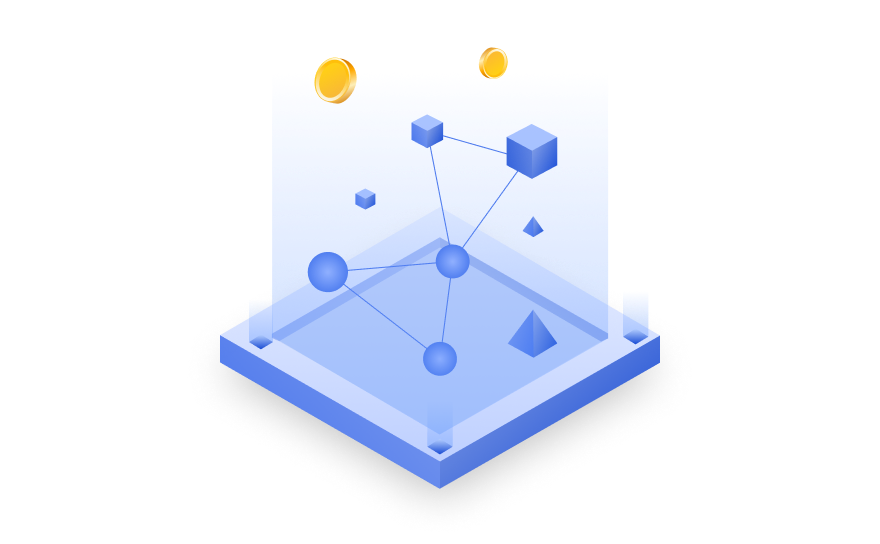Solution Overview

Helping Enterprises Reduce Costs and Increase Revenue
Data governance is crucial for ensuring accurate, appropriate sharing, and protection of data. An effective data governance plan can deliver value back to the business by improving decision-making, reducing costs, mitigating risks, and enhancing security compliance, ultimately translating into increased revenue and profits.
Enhancing Data Monetization Capabilities
Business, technical, and management activities aimed at improving data quality fall within the scope of data governance. The purpose of data governance is to exercise control over data through effective data resource control measures, thereby enhancing data quality and subsequently boosting the ability to monetize data.


Top-down and Top-level Design
From the perspective of enterprise data strategic planning, the construction of the data governance system should adhere to the principles of top-level design, overall planning, and phased implementation. Clear designs and plans should be made in terms of the content, organizational structure, domain design, and implementation of data governance.
Covering the Data Processing Lifecycle
Constructing the data governance system based on the methodology of the system engineering development lifecycle can be broadly divided into six stages, covering all eight process areas of data strategy, data governance, data architecture, data application, data security, data quality management, data standards, and data lifecycle.


Future Trends in Data Governance
In traditional businesses, enterprises relied more on past control-oriented data governance. However, as the digitalization process deepens, enterprises are increasingly inclined towards agile data governance. They will transition from control-oriented data governance to results-oriented data governance, agile daily data governance, and ultimately achieve a self-governing system. The ultimate goal is to achieve adaptive data governance.
Data Governance Process Flow
Related Products

Keen Asset Data Asset Catalog
Enterprise's unified data asset portal, serving as a map of enterprise data assets, enabling information queries for various enterprise roles, tracing data lineage and specific processing calculation logic; data assets are automatically accumulated during data development and construction, requiring no manual maintenance.
View Details
Keen BDP Data Development Management Platform
Provides fully managed workflow services and one-stop development management functions, empowering enterprises to build and manage big data capabilities across the entire chain, achieving comprehensive data asset management and establishing private big data centers.
View Details
Keen DSM Data Standards Platform
Provides fully managed workflow services and one-stop development management functions, empowering enterprises to build and manage big data capabilities across the entire chain, achieving comprehensive data asset management and establishing private big data centers.
View DetailsKeen Index Data Metrics Platform
Implements lifecycle management and unified rules for metrics, builds metric standards, standardizes and plans metric frequency, business scope, and topic classification, and implements corresponding rules, standards, data storage and analysis, building a unified, convenient, secure, and efficient data metrics system.
View Details
Keen TAG Data Tag Platform
Supports enterprises in creating appropriate tag systems based on their business system development and business scenarios, flexibly creating tags and groups for customers according to different business rules, integrating different types of data sources, meeting different business scenarios, forming tag standards and timely updates to meet enterprise production needs.
View Details
Build Your AI-Native Data & AI Platform with KeenData